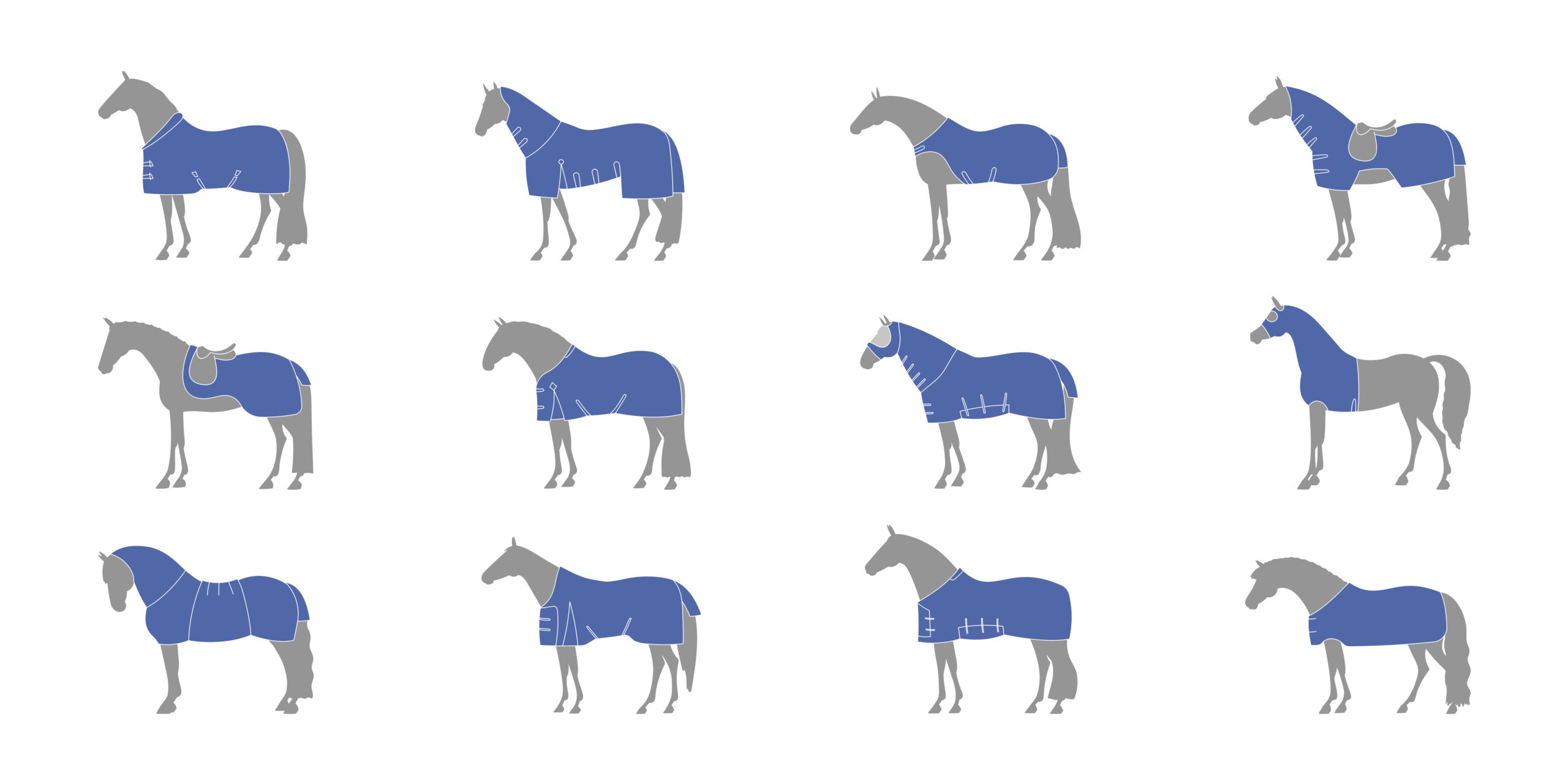Home > Horse Care > An expert’s advice on choosing blankets
An expert’s advice on choosing blankets
- October 22, 2025
- ⎯ Laurel Scott
Listen here:
Once you’ve clipped your horse, you’ve essentially traded his natural winter coat for the responsibility of keeping him warm when he’s not working. This is where a good equine wardrobe becomes crucial.
When determining which blankets your horse needs, consider both his clip pattern and the weather forecast. For example, a trace-clipped horse might need only a lightweight sheet in mild weather and a medium blanket when temperatures drop below 40°F. On the other hand, a fully clipped horse will likely need blanketing any time the temperature falls below 60°F. And, of course, heavier blankets as it gets colder. And we all know how the temperature can change from morning to afternoon to night! Factor in wind, rain, sleet or snow, and you get the picture.

You’ll want to invest in at least two blankets of different weights. For milder days, you’ll need a lighter one. In truly cold weather, your horse will appreciate a heavier blanket. Having a waterproof turnout option is also essential if your horse spends much time outside.
Alena Meacham, lecturer and director of the Horse Riding Program in the University of Connecticut’s Department of Animal Science, recommends a blanket layering system. This, she says, offers flexibility in adapting to fluctuating temperatures.
Layering system
Your layering system can be as simple as covering a sheet or lightweight blanket with a heavier one when temperatures plummet. For a wider array of options, Meacham suggests the following components:
• Lightweight turnout blanket
• Midweight or heavyweight turnout blanket
• Neck cover or hood
• A blanket liner
• Wool or fleece cooler (Meacham prefers wool)
• Irish knit or scrim
• Quarter sheet
• Stable sheet
“These components provide flexibility for various weather conditions and help maintain comfort for clipped horses,” she explains.
Above all, continue to check your horse’s behavior and body condition throughout the season. If he’s shivering, standing hunched-up or seems uncomfortable, he probably needs more help staying warm. Conversely, if he’s sweating under his blanket, it’s too heavy for the conditions.
Meacham emphasizes that too heavy a blanket can cause a horse to sweat, which can lead to a chill and other problems. Regularly check for dampness by sliding your hand under your horse’s blanket and placing your palm against the middle of his back.
Another tip from Meacham: “Beginning the blanketing process early in the season can help minimize winter-coat growth, which is beneficial if body clipping is planned.” And less hair growth means less to clip!
Don’t miss out! The free weekly EQUUS newsletter delivers practical and interesting horse health information right to your in basket! If you’re not already receiving the EQUUS newsletter, click here to sign up. It’s *free*!





